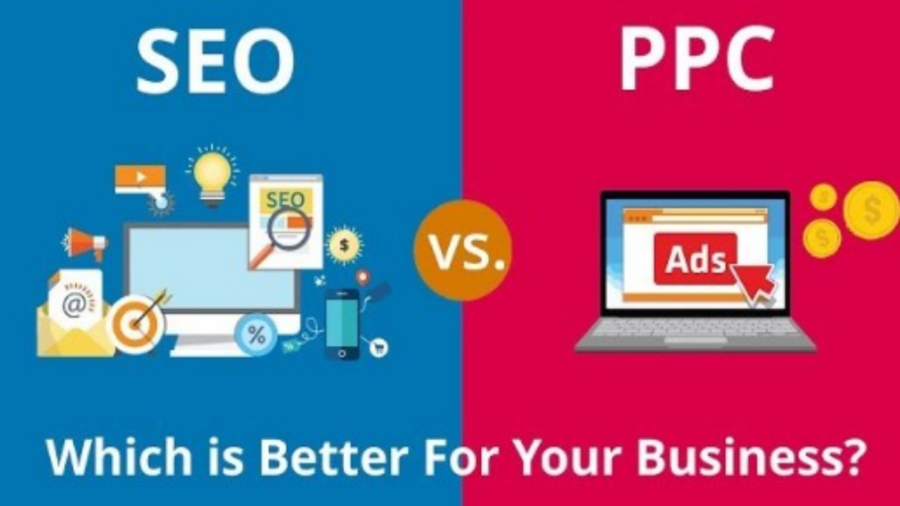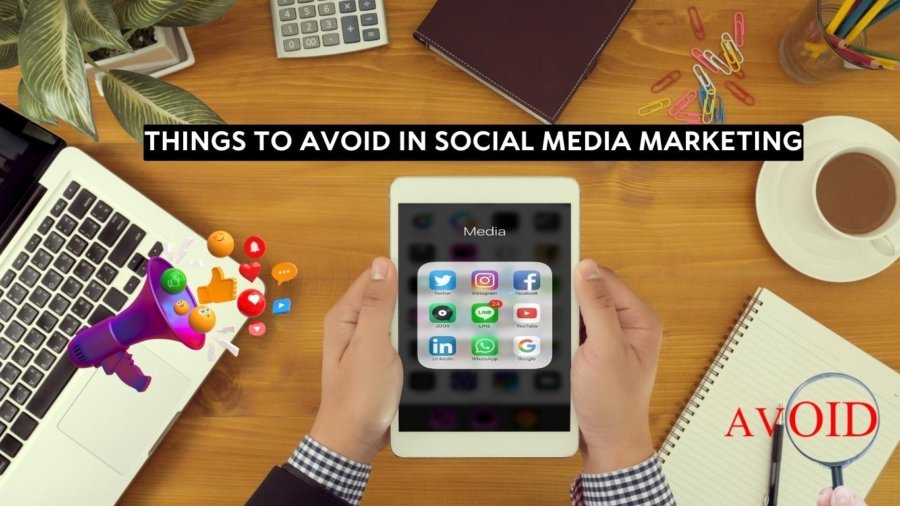In the digital age, where communication and outreach are crucial for businesses, mastering the art of Email and WhatsApp marketing can significantly boost your brand’s visibility and sales. With the growing reliance on digital platforms, these two channels have emerged as powerful tools for connecting with customers and prospects.
This comprehensive guide is designed to delve into the intricate details of both Email and WhatsApp marketing, providing a thorough understanding of their mechanics, strategies for effective implementation, and tips for maximizing their potential in the ever-evolving landscape of digital marketing.
Email Marketing: A Fundamental Approach to Reach Your Audience:
Email marketing remains a cornerstone of digital marketing strategies, offering a direct and personalized way to engage with potential and existing customers. The key to successful email marketing lies in delivering relevant and valuable content to the right audience at the right time.
To achieve this, businesses must first build a robust email list comprising individuals genuinely interested in their products or services. Employing various techniques such as website opt-in forms, lead magnets, and incentivized subscriptions can help in growing an organic and engaged email subscriber base.
Crafting Compelling Email Content: The Backbone of Successful Campaigns:
Creating compelling and engaging email content is crucial for capturing the attention of recipients. Personalization, segmentation, and dynamic content are pivotal elements that contribute to the success of email marketing campaigns.
Tailoring messages based on the recipient’s preferences and behavior can significantly enhance open rates and click-through rates, thus driving higher conversions. Furthermore, leveraging eye-catching visuals, concise yet informative copy, and persuasive calls-to-action can entice recipients to take the desired actions, be it making a purchase, signing up for a webinar, or downloading an e-book.
Implementing Automation and Analytics for Enhanced Efficiency and Insights:
Integrating automation tools into Email marketing strategies can streamline the process, making it easier to send timely and relevant messages to subscribers. Automated workflows, triggered emails, and drip campaigns enable businesses to nurture leads, welcome new subscribers, and re-engage inactive customers without manual intervention.
Additionally, leveraging analytics to track key metrics such as open rates, click-through rates, conversion rates, and subscriber engagement provides valuable insights for optimizing future campaigns and tailoring content to better resonate with the target audience.
Compliance and Best Practices: Navigating the Regulatory Landscape:
Adhering to email marketing regulations and best practices is essential for maintaining a positive reputation and avoiding legal repercussions. Familiarizing oneself with laws such as the CAN-SPAM Act and the General Data Protection Regulation (GDPR) is crucial to ensure that all marketing efforts remain compliant.
Obtaining explicit consent from subscribers, providing clear unsubscribe options, and including accurate sender information are fundamental steps to build trust and credibility with the audience. Regularly updating privacy policies and ensuring data security further solidify a brand’s commitment to ethical email marketing practices.
WhatsApp Marketing: Leveraging the Power of Instant Messaging for Business Growth:
As one of the most popular messaging platforms globally, WhatsApp has become an invaluable tool for businesses seeking to engage with customers in real time. With its user-friendly interface and widespread accessibility, WhatsApp offers a unique avenue for providing seamless customer support, delivering timely notifications, and fostering one-on-one interactions.
Whether used for customer service inquiries, product updates, or personalized promotions, WhatsApp marketing enables brands to establish a direct and intimate connection with their target audience.
Building an Opt-In Audience and Establishing Trust on WhatsApp:
Similar to email marketing, building a permission-based subscriber list is crucial for WhatsApp marketing success. Encouraging customers to opt in by providing exclusive benefits or relevant updates can help in growing a receptive audience eager to receive messages from the brand.
Establishing trust through transparent communication and respecting user privacy is paramount in fostering long-term relationships with customers. Clearly outlining the purpose of communication, maintaining a non-intrusive approach, and allowing users to opt out at any time are key factors in nurturing a loyal and engaged WhatsApp subscriber base.
Creating Compelling Content for WhatsApp:
Crafting concise yet engaging content that aligns with the platform’s informal and conversational nature is essential for capturing the attention of WhatsApp users. Utilizing a combination of text, images, videos, and audio messages can help convey information effectively and stimulate interest in the recipient.
Balancing promotional content with valuable and informative updates, such as product tips, industry insights, or exclusive offers, ensures that the messages resonate with the audience without appearing overly sales-driven. Emphasizing the personal touch and fostering genuine interactions can foster a sense of community and brand loyalty among WhatsApp subscribers.
WhatsApp offers an array of business tools and features designed to facilitate seamless communication and enhanced customer engagement. Leveraging features such as WhatsApp Business API, WhatsApp Business App, and WhatsApp Web can streamline customer support, enable automated responses, and provide a centralized platform for managing communications.
Integrating these tools with customer relationship management (CRM) systems and marketing automation software can further enhance workflow efficiency and enable businesses to provide personalized and timely assistance to customers, thereby strengthening brand-consumer relationships.
Compliance and Privacy Considerations in WhatsApp Marketing:
Respecting user privacy and adhering to WhatsApp’s policies and guidelines are essential for maintaining the integrity of any WhatsApp marketing strategy. Understanding the limitations on promotional messaging, the prohibition of spam or unsolicited messages, and the necessity of obtaining explicit consent for communication are fundamental principles that businesses must adhere to.
Additionally, safeguarding user data, securing communication channels, and maintaining transparency regarding data usage and storage are crucial for building trust and credibility among WhatsApp users.
Integrating Email and WhatsApp Marketing:
A Holistic Approach for Optimal Results:
While both Email and WhatsApp marketing offer unique advantages, integrating these two channels can create a comprehensive and cohesive marketing strategy that maximizes outreach and engagement. Aligning the messaging and branding across both platforms, and using each channel for its respective strengths, can help businesses create a seamless and integrated customer experience.
Employing cross-promotional strategies, such as using email to encourage WhatsApp subscriptions and vice versa, can expand the reach of marketing efforts and foster a multi-dimensional relationship with the audience.
Measuring Success and Refining Strategies for Ongoing Growth:
Regularly monitoring key performance indicators (KPIs) and analyzing campaign metrics are critical for assessing the effectiveness of Email and WhatsApp marketing initiatives. Tracking metrics such as delivery rates, open rates, response rates, and conversion rates can provide valuable insights into the overall performance of campaigns and the engagement levels of the audience.
Implementing A/B testing, conducting customer surveys, and soliciting feedback can further inform strategic adjustments and refinements, ensuring that marketing efforts remain dynamic and responsive to evolving customer preferences and market trends.
Adapting to Evolving Trends and Technologies:
In the fast-paced world of digital marketing, staying abreast of emerging trends and technological advancements is imperative for maintaining a competitive edge. Keeping an eye on developments in artificial intelligence, chatbot integration, and personalization tools can open up new possibilities for enhancing the effectiveness of both Email and WhatsApp marketing strategies.
Embracing innovative approaches, experimenting with interactive content formats, and embracing a customer-centric mindset can enable businesses to stay relevant and resonate with their target audience in an ever-evolving digital landscape.
FAQs:
- How can I build an effective email marketing strategy?
- Start by defining goals, segmenting your audience, creating compelling content, and utilizing email automation tools.
- Is WhatsApp a viable platform for marketing?
- Yes, WhatsApp is a powerful marketing tool. Learn to use broadcast lists, engage in personalized conversations, and adhere to privacy regulations.
- What are the key elements of a successful email campaign?
- Focus on a compelling subject line, personalized content, mobile responsiveness, and clear calls-to-action to boost engagement and conversion rates.
- How do I grow my email subscriber list organically?
- Employ strategies like offering incentives, creating valuable content, and optimizing website opt-in forms to attract and retain subscribers.
- What privacy considerations should be taken in email and WhatsApp marketing?
- Always comply with privacy regulations like GDPR. Obtain consent, provide opt-out options, and prioritize user privacy to build trust and avoid legal issues.
Conclusion:
Mastering the intricacies of Email and WhatsApp marketing can significantly amplify a brand’s outreach and engagement, fostering meaningful connections with customers and prospects. By understanding the fundamental principles, leveraging best practices, and embracing innovation, businesses can create robust and effective marketing strategies that drive conversions and nurture long-term customer relationships.



